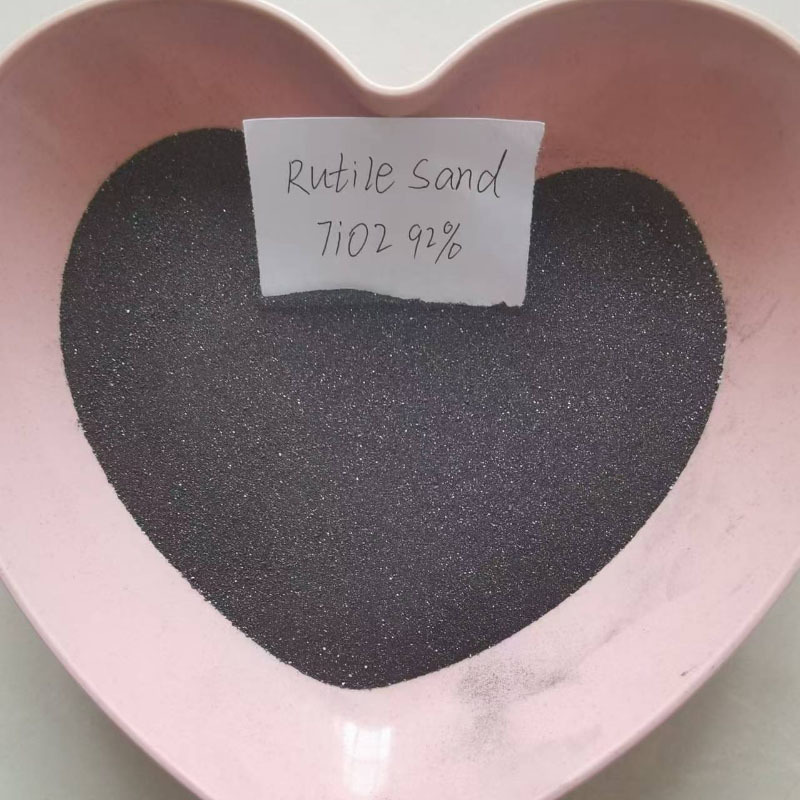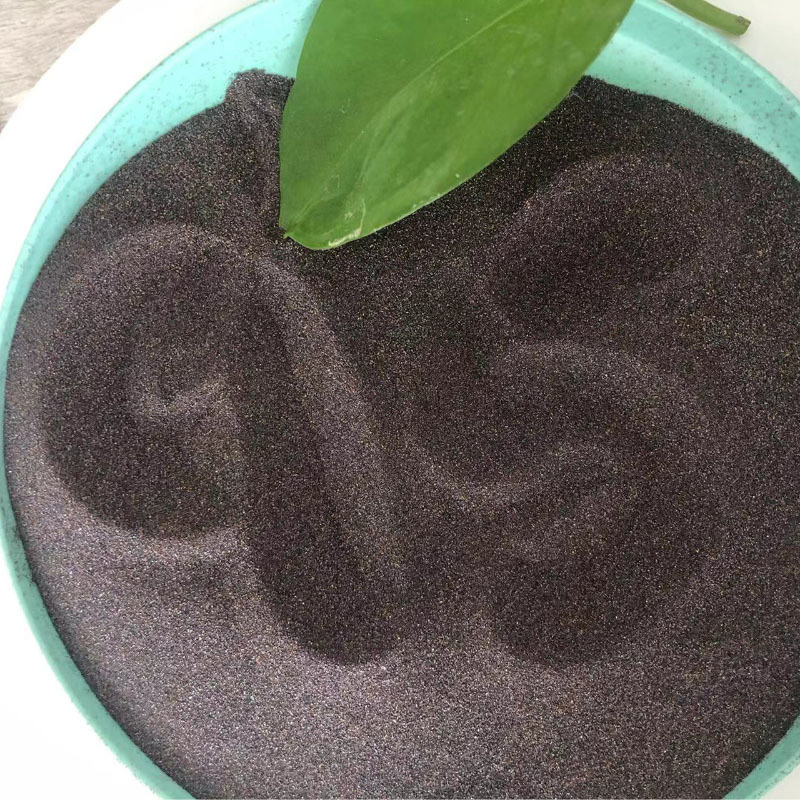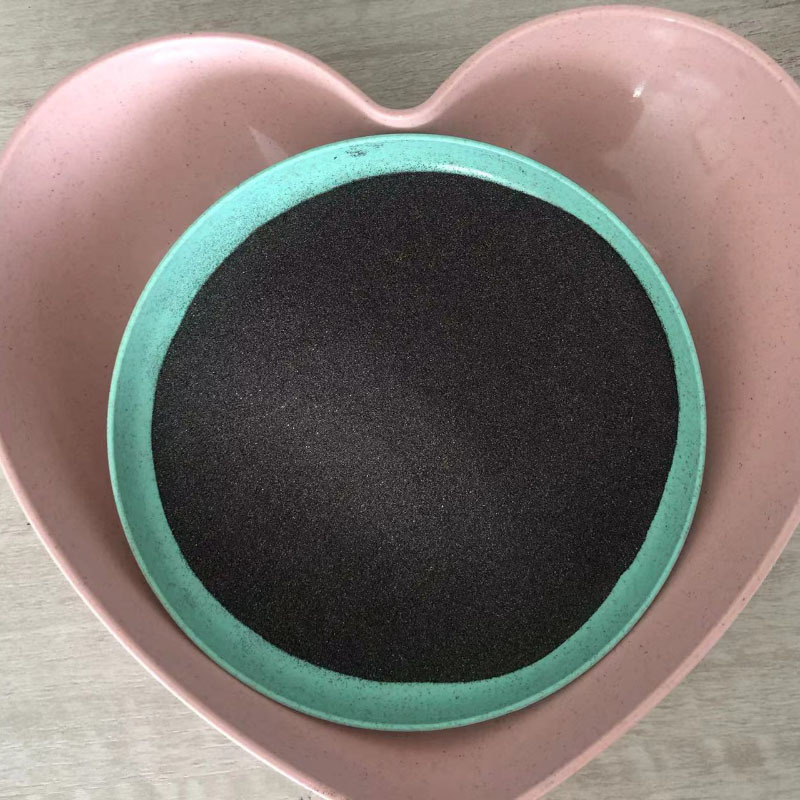Rutile Sand in Chemical Processes: Unveiling Efficiency and Performance
Release Time:
Apr 18,2025
Rutile Sand in Chemical Processes: Efficiency and Performance Table of Contents 1. Introduction to Rutile Sand 2. Chemical Properties of Rutile Sand 3. Applications of Rutile Sand in Chemical Processes 4. Efficiency of Rutile Sand in Industrial Applications 5. Performance Metrics of Rutile Sand 6. Sustainability Aspects of Rutile Sand 7. Future Trends in Rutile Sand Ut
Rutile Sand in Chemical Processes: Efficiency and Performance
Table of Contents
- 1. Introduction to Rutile Sand
- 2. Chemical Properties of Rutile Sand
- 3. Applications of Rutile Sand in Chemical Processes
- 4. Efficiency of Rutile Sand in Industrial Applications
- 5. Performance Metrics of Rutile Sand
- 6. Sustainability Aspects of Rutile Sand
- 7. Future Trends in Rutile Sand Utilization
- 8. Frequently Asked Questions
- 9. Conclusion
1. Introduction to Rutile Sand
Rutile sand, a naturally occurring mineral composed primarily of titanium dioxide (TiO2), plays a pivotal role in various chemical processes. Its unique properties, including high refractive index and excellent thermal stability, make it an essential component in many industries. As we explore the applications and performance of rutile sand, it becomes clear why it is favored for enhancing efficiency in chemical processes.
2. Chemical Properties of Rutile Sand
Rutile stands out due to its impressive chemical properties. Here are several key attributes:
2.1 Composition
Rutile sand contains approximately 95% titanium dioxide, with trace elements of iron, zirconium, and silicon. This high concentration of TiO2 is what sets rutile apart from other titanium minerals.
2.2 Stability
Rutile exhibits remarkable thermal stability, maintaining its integrity even at elevated temperatures. This characteristic is vital in industrial applications that require high-temperature processing.
2.3 Chemical Resistance
Rutile is resistant to most acids and bases, making it suitable for various chemical environments. This resistance ensures minimal contamination and degradation during chemical reactions.
3. Applications of Rutile Sand in Chemical Processes
The versatility of rutile sand enables its application across several industries:
3.1 Pigment Manufacturing
One of the most prominent uses of rutile sand is in the production of pigments. The high refractive index and excellent hiding power of rutile make it ideal for white pigments in paints, coatings, and plastics.
3.2 Chemical Catalysts
In chemical processes, rutile acts as a catalyst, enhancing reaction rates and improving yield. Its stability and resistance to harsh conditions allow it to be effective in various catalytic applications.
3.3 Semiconductor Industry
With the rise of technology, rutile sand has found its place in the semiconductor industry. It is used in the manufacturing of electronic components due to its electrical properties.
3.4 Glass and Ceramics
Rutile sand is used in the glass and ceramics industry to improve strength and durability. The addition of rutile enhances the final product's performance and aesthetic appeal.
4. Efficiency of Rutile Sand in Industrial Applications
The efficiency of rutile sand in various applications can be attributed to several factors:
4.1 Cost-Effectiveness
Due to its abundance and accessibility, rutile sand is a cost-effective choice for manufacturers. Its high efficiency in processes often translates to reduced operational costs.
4.2 Enhanced Production Rates
Rutile’s catalytic properties enable faster reaction times, leading to increased production rates. This efficiency can significantly impact overall productivity in manufacturing settings.
4.3 Quality Improvement
Using rutile sand can enhance the quality of end products, resulting in fewer defects and higher customer satisfaction. This quality improvement is crucial for maintaining competitive advantages in the market.
5. Performance Metrics of Rutile Sand
When evaluating rutile sand's performance, several metrics should be considered:
5.1 Purity Levels
The purity of rutile sand plays a critical role in its effectiveness. High-purity rutile ensures optimal performance in chemical reactions and minimizes unwanted impurities in the end product.
5.2 Particle Size Distribution
The particle size of rutile sand affects its reactivity and performance. A well-defined particle size distribution can enhance its performance in various applications, from pigments to catalysts.
5.3 Thermal Conductivity
The ability of rutile sand to conduct heat is essential in high-temperature applications. High thermal conductivity ensures efficient heat transfer, contributing to better performance in processes where temperature control is crucial.
6. Sustainability Aspects of Rutile Sand
As industries strive for sustainable practices, rutile sand presents several advantages:
6.1 Natural Abundance
Rutile is naturally occurring and abundant, which reduces the environmental impact associated with mining and processing compared to synthetic alternatives.
6.2 Recyclability
Rutile sand can often be recycled or reused in various applications, promoting waste reduction and resource efficiency. This characteristic aligns with the global push towards a circular economy.
6.3 Reduced Carbon Footprint
Utilizing rutile sand in chemical processes can help lower the overall carbon footprint of manufacturing. Its efficiency contributes to reduced energy consumption and emissions during production.
7. Future Trends in Rutile Sand Utilization
Looking ahead, several trends are likely to shape the use of rutile sand in chemical processes:
7.1 Technological Advancements
As technology evolves, innovative applications for rutile sand are expected to emerge, particularly in high-tech industries such as electronics and renewable energy.
7.2 Increased Demand for Sustainable Materials
With growing environmental concerns, the demand for sustainable materials like rutile sand will continue to rise. Industries will increasingly seek eco-friendly alternatives to traditional materials.
7.3 Research and Development
Ongoing research into the properties and applications of rutile sand will likely yield new insights, enhancing its performance and opening new avenues for utilization in various chemical processes.
8. Frequently Asked Questions
8.1 What is rutile sand?
Rutile sand is a mineral primarily composed of titanium dioxide (TiO2) and is known for its high refractive index and excellent thermal stability.
8.2 What are the primary applications of rutile sand?
Rutile sand is used in pigment manufacturing, chemical catalysts, the semiconductor industry, and as an additive in glass and ceramics production.
8.3 How does rutile sand enhance efficiency in chemical processes?
Rutile sand improves efficiency by acting as a catalyst, enhancing reaction rates, increasing production rates, and improving the quality of end products.
8.4 Is rutile sand environmentally friendly?
Yes, rutile sand is naturally abundant, recyclable, and contributes to reduced carbon footprints in manufacturing, aligning with sustainable practices.
8.5 What are the future prospects for rutile sand in chemical processes?
The future of rutile sand looks promising, with anticipated technological advancements, an increasing demand for sustainable materials, and ongoing research enhancing its applications.
9. Conclusion
Rutile sand is a vital component in numerous chemical processes, offering unparalleled efficiency and performance. Its unique properties, sustainable profile, and diverse applications make it an essential material across industries. As we look toward the future, the continued exploration and innovation surrounding rutile sand promise to enhance its role in advancing chemical processes, ensuring that it remains a cornerstone of modern industrial practices. Embracing the potential of rutile sand will not only support efficiency but also contribute to a more sustainable future in chemical manufacturing.
Keywords:
You Can Also Learn More About Industry Trends






